There are many benefits of trees and saplings, and it shouldn’t come as a surprise the number of home and property owners looking to add more trees to their property to enjoy those benefits rather than looking for expensive stones. Adding trees and saplings to your property has many benefits. Trees can help improve air quality, conserve energy, reduce noise pollution, and provide habitat for wildlife. They can also increase your home’s value and curb appeal.
When selecting a sapling, it is important to consider the tree’s purpose. Some trees are best suited for shade, while others do well in windbreaks or as privacy screens. It is also important to choose a tree that is appropriate for the space available and the conditions of the site.
If you’re in an area with heavy yearly rains, that requires a far different sapling than an environment prone to dry weather and drought.
Tips for Sapling Selection
Selecting a good sampling from TheTreeCenter isn’t hard once you look at the basics. Make sure to look for saplings free of any signs of pests, fungus, or other obvious damage or issues.
Next, look at saplings that are native to the area or at least acceptable. You don’t want an invasive species, but some non-native species could be alright depending on a variety of factors. However, trees do best in environments they were adapted for.
Finally, with climate change being a big thing, finding a drought-tolerant or drought-resistant sapling is not the worst idea in the world.
List of Drought Tolerant Saplings
– Bur oak
– Eastern red cedar
– Cape ebony
– Maidenhair tree
– Golden rain tree
– Chinese lantern
– Eastern redbud
– Mulga
– Karoo gold
– Kentucky coffeetree
– Spekboom
– Quiver tree
– Common hackberry
These are some fantastic drought-resistant saplings that are more likely to overcome rough weather conditions.
Picking the Right Location for Planting a Sapling
When planting a sapling, it is important to choose a location that gets enough sunlight and has well-drained soil. The hole for planting should be twice as wide as the root ball and deep enough so that the tree’s roots can spread out. Keep in mind as it becomes a full-sized tree those roots will go down and out.
It is also important to water the sapling regularly, especially during the first few years after planting. Water slowly and deeply to encourage deep root growth. Generally speaking, in the first two years you like to see the soil frequently moist, but it should not be soggy. Too much water can damage it just like too little could.
If there is a heavy dry spell, something as short as a 30-second spray of the hose can make a huge difference.
Once you have selected the perfect tree, it is important to plant it properly. This includes preparing the planting hole, using the right amount of soil, and properly watering the tree.
Don’t underestimate the power of a little mulch to help keep the base soil moist with even just moderate waterings.
Fertilizing Saplings
Fertilizing saplings is important to help them grow strong and healthy. Use a fertilizer that is specifically designed for trees and follow the instructions on the package.
This often won’t be necessary per se but it can help the growth process.
Mulching Saplings
Mulching helps conserve moisture and protect roots from extreme temperatures. Use a layer of mulch that is 2-4 inches deep and spread it out to the drip line of the tree.
This works as excellent protection, limits the number of waterings you will need to do, and helps retain water after a rain. That’s some good care for your saplings.
Pruning Saplings
Pruning is important to remove dead or damaged branches and to promote new growth. It is best to prune in the late winter or early spring.
If there aren’t any dead or damaged branches, then don’t worry about it and feel lucky for going another year without having a major storm.
Remember Saplings Become Full-Grown Trees
This seems like a “Duh ” thing, but the number of people who planted fast growing saplings that spread out, the branches sprinting towards nearby power lines like a toddler seeing a glowing stove top. Don’t just plant for what’s good now but keep an eye on what those trees will become going into the future turning your home into a beautiful location.
With the proper care, your sapling will thrive and provide you with years of enjoyment as the small saplings you nursed from the beginning kept growing into large shady trees that mark the passing of good years and grow into something spectacular from their humble start.

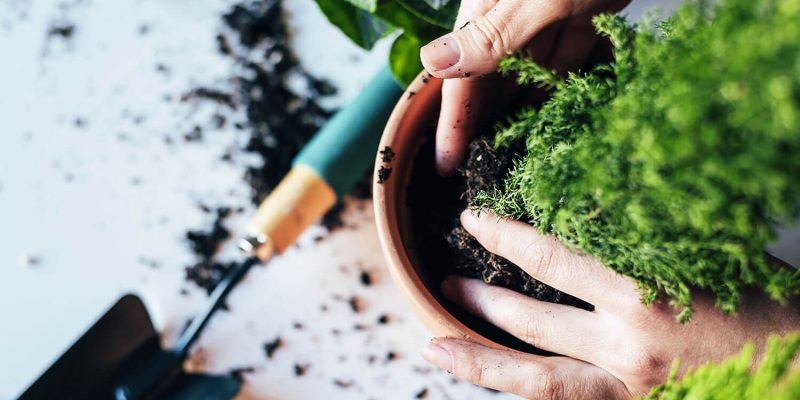

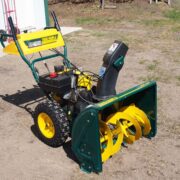

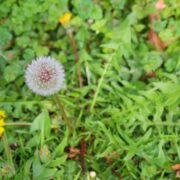
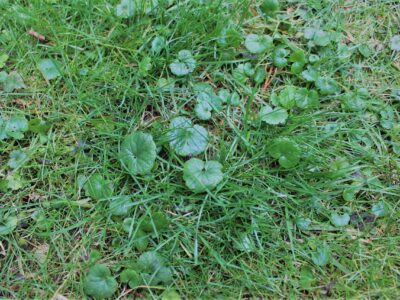
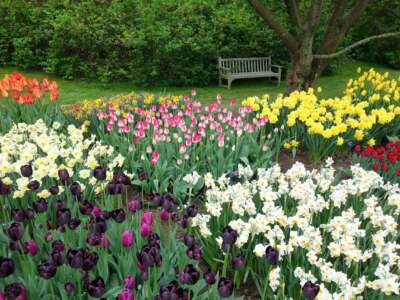
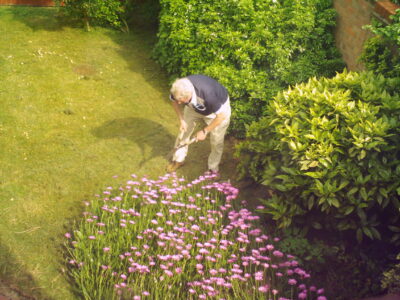
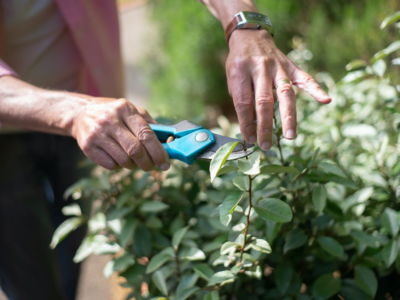
Comments